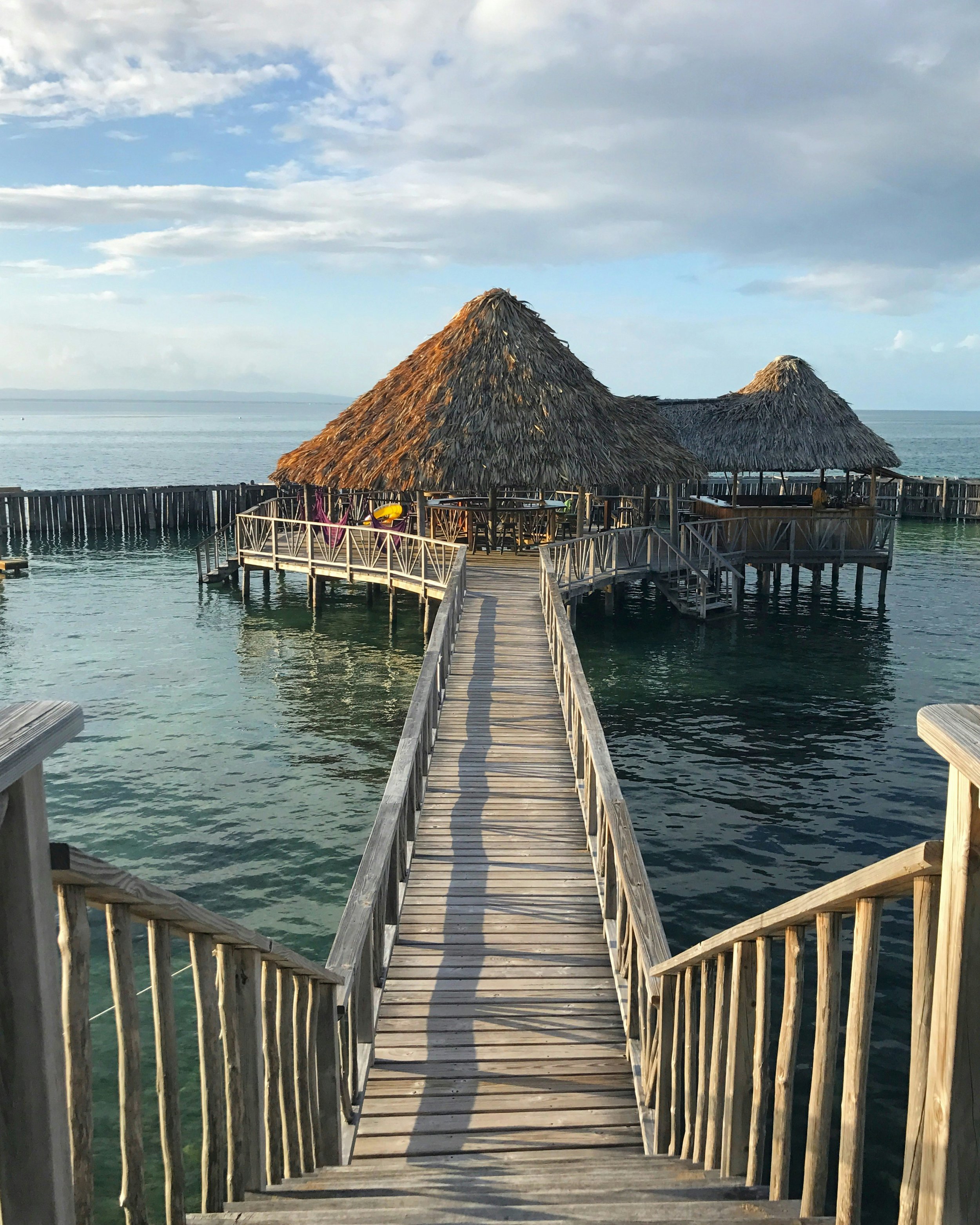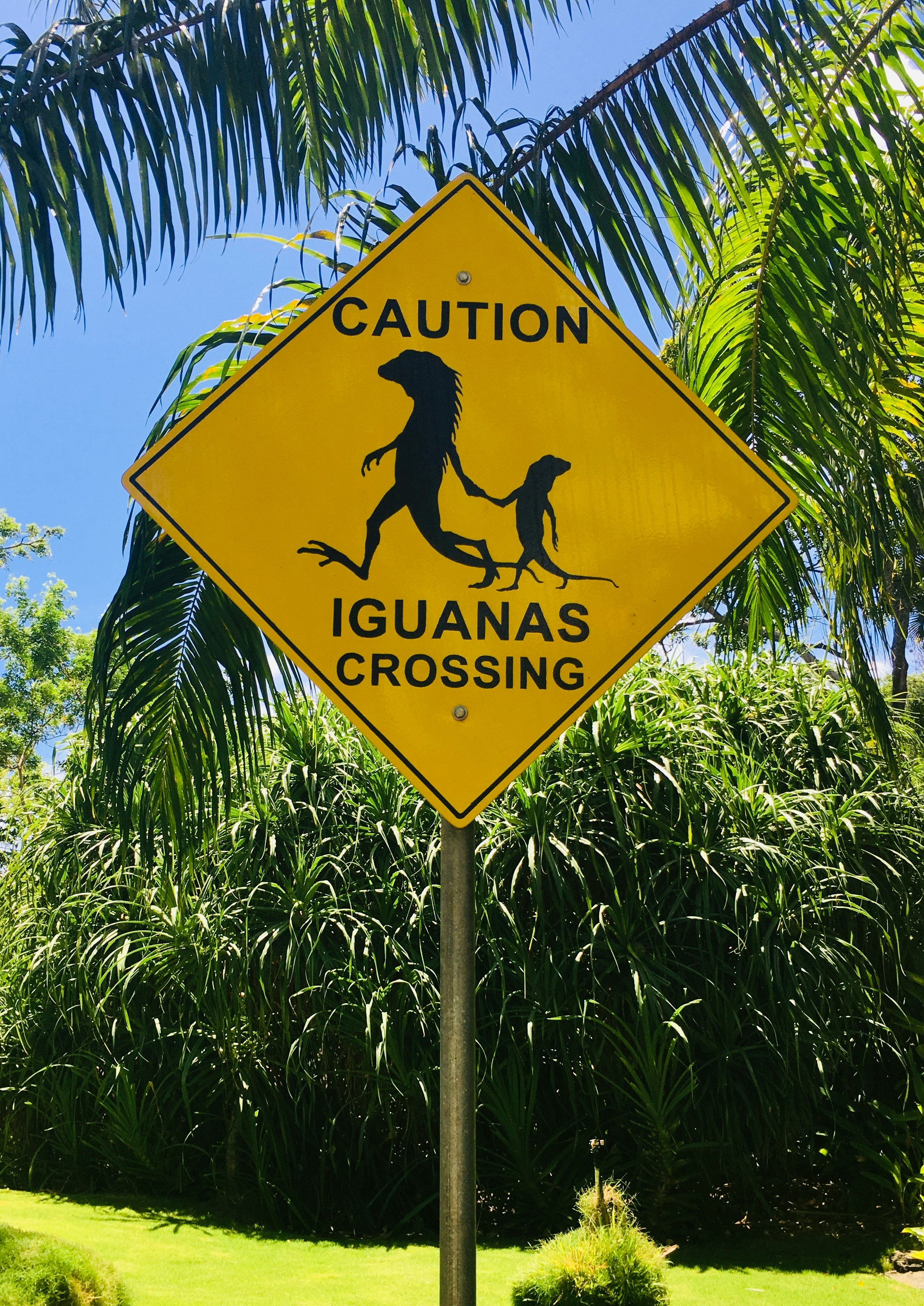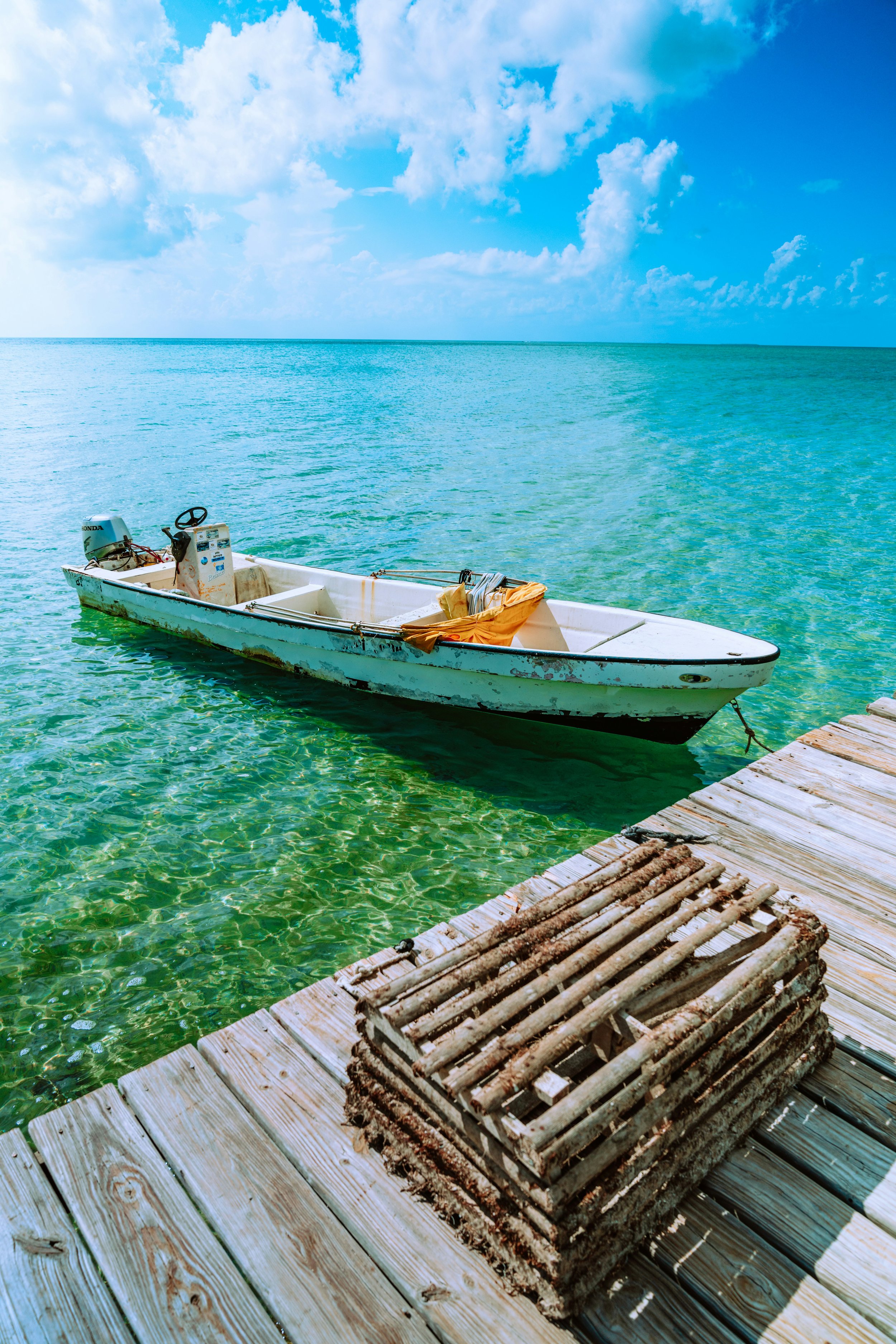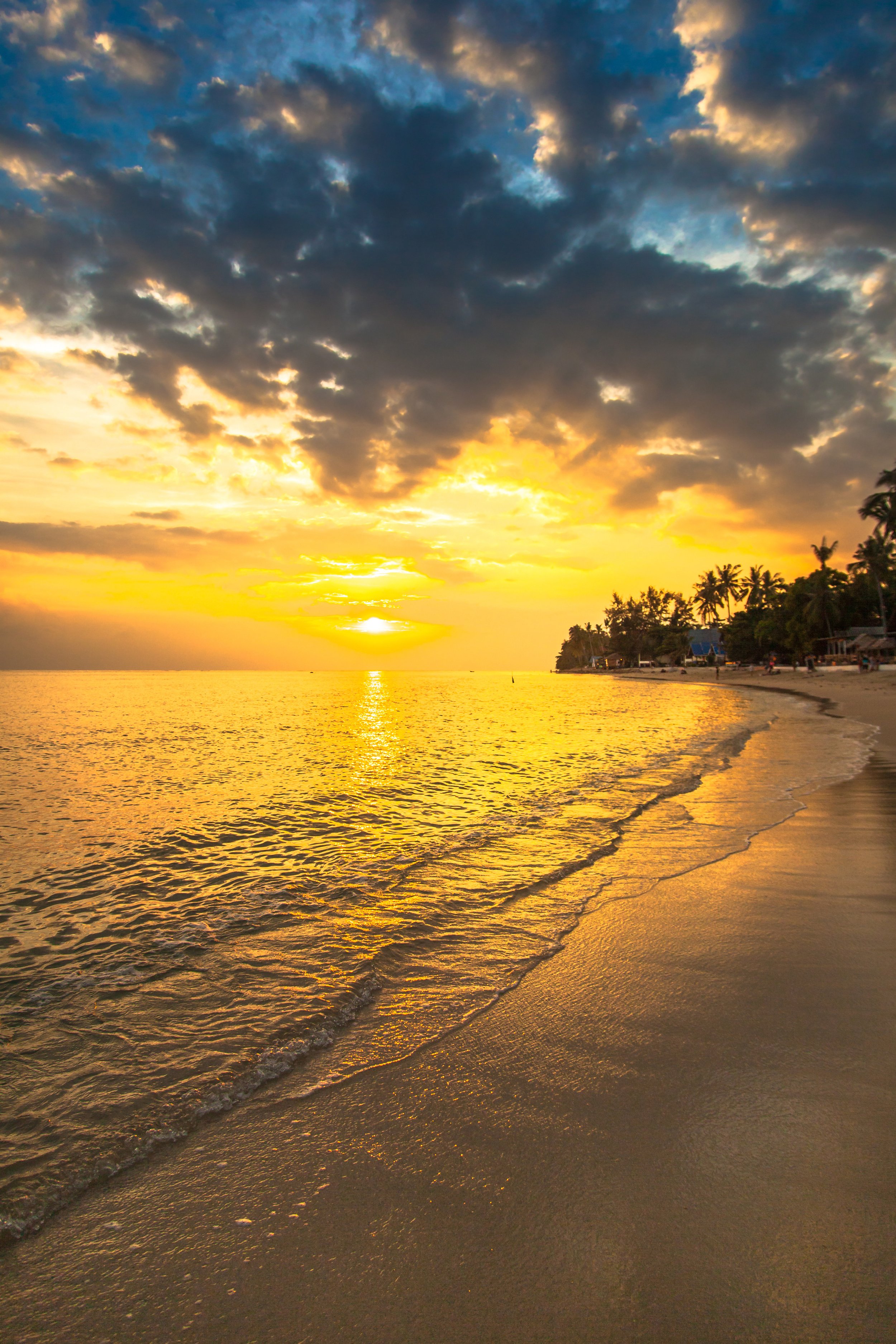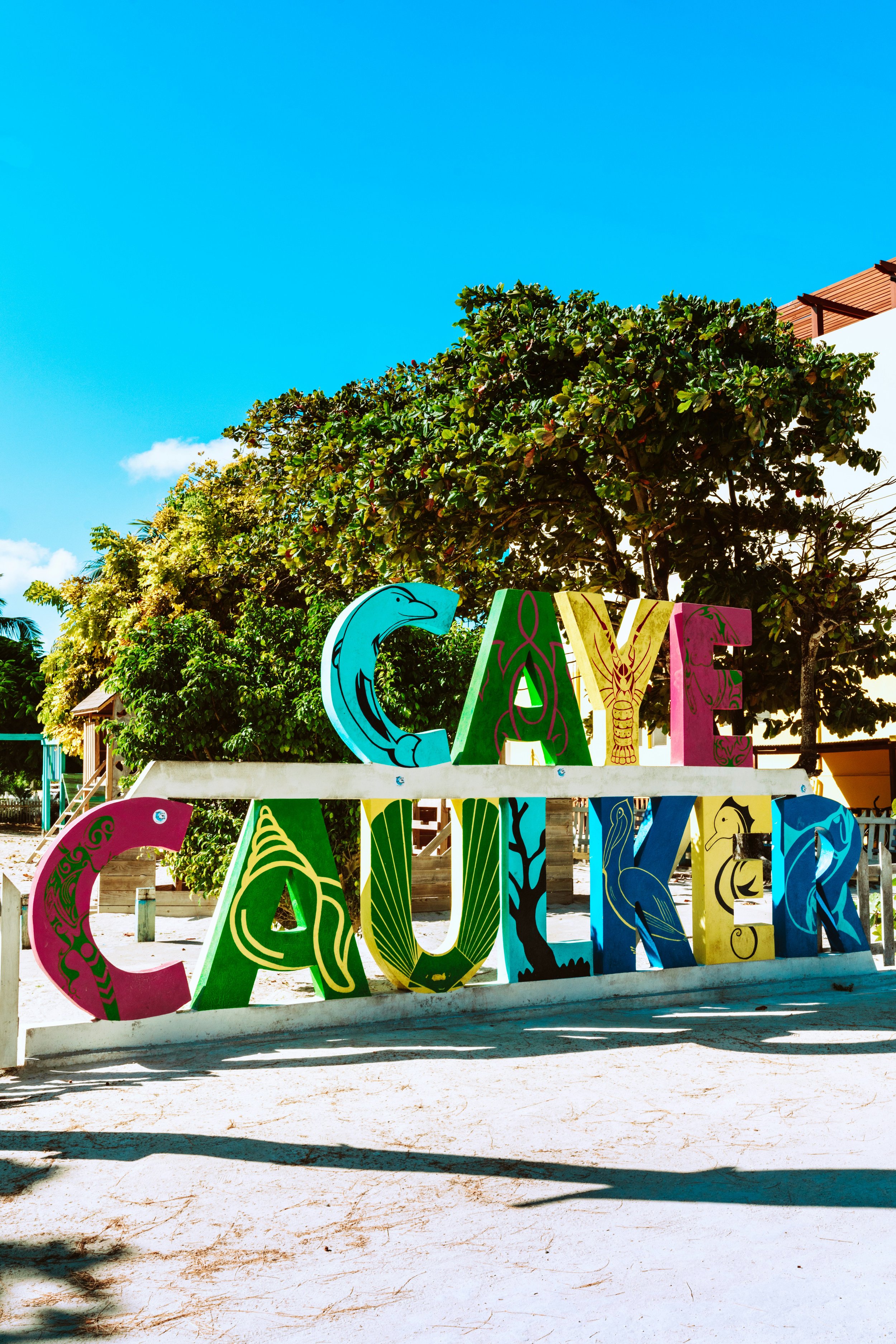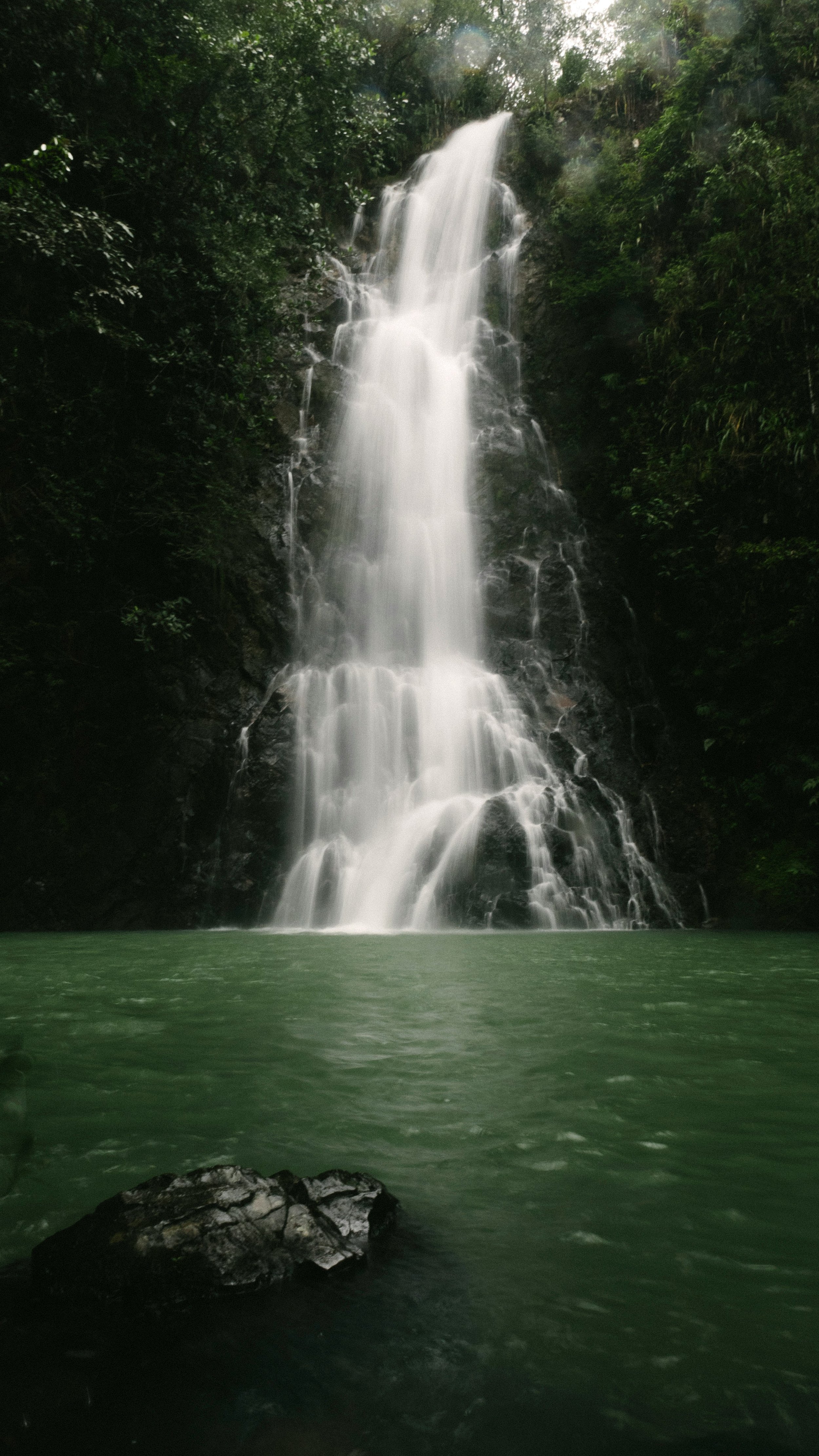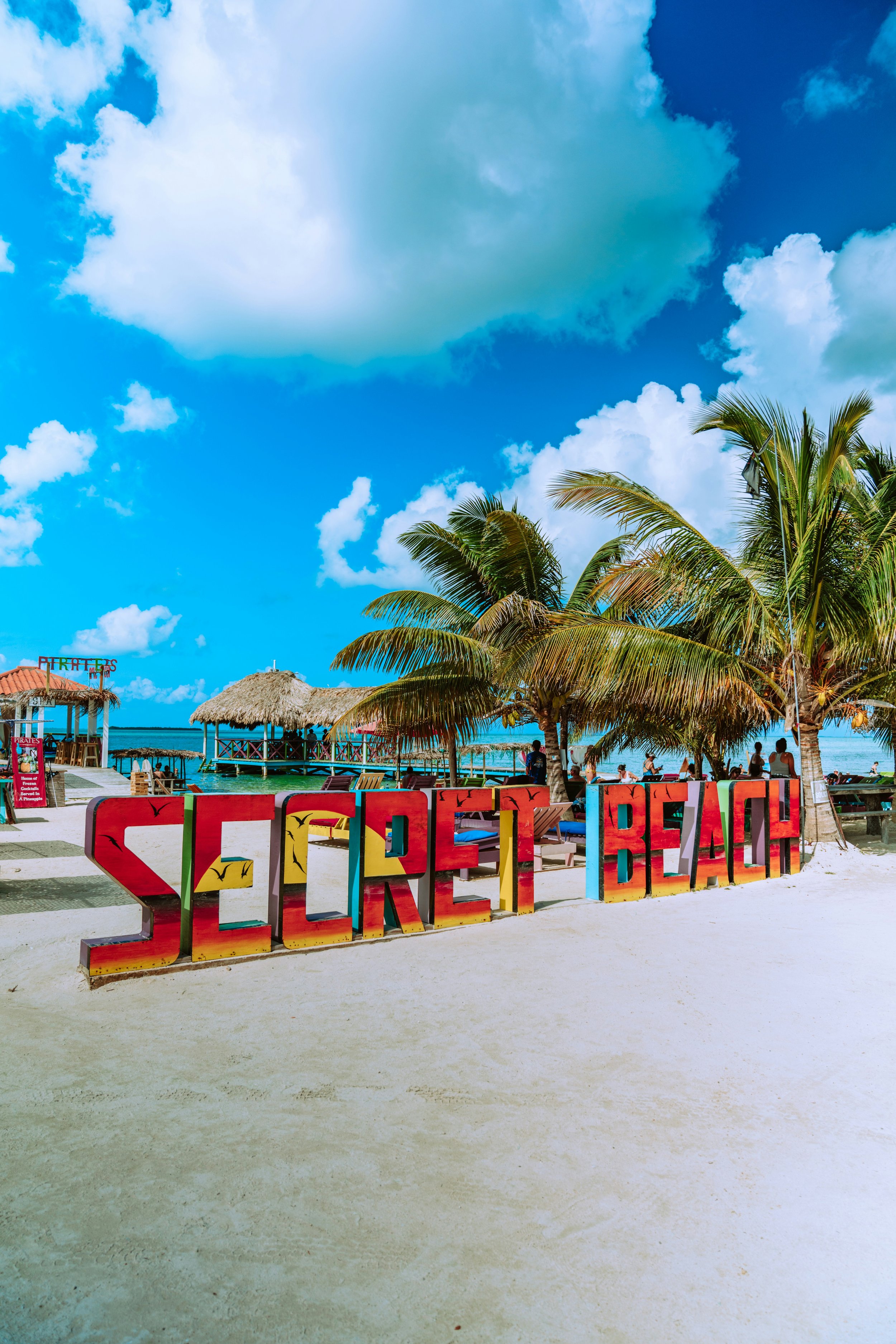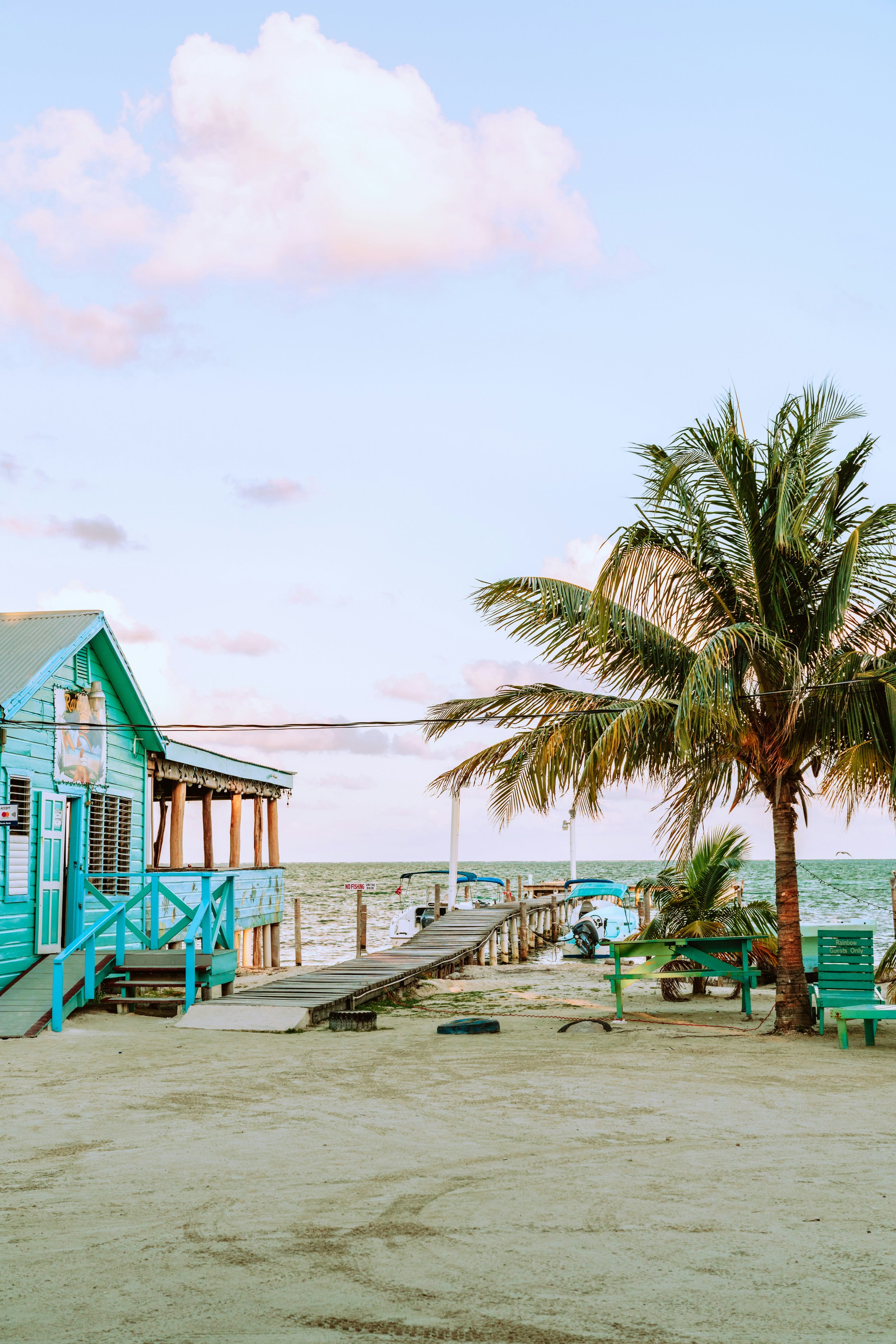Welcome to Belize
Belize, a small but vibrant country in Central America, is known for its lush rainforests, stunning barrier reef, and rich cultural heritage. Bordered by Mexico, Guatemala, and the Caribbean Sea, it serves as a crossroads of cultures and ecosystems, making it a unique destination for travelers and a diverse home for its citizens.
-
Belize has a population of approximately 440,000 people, making it one of the least populous countries in the region. The population is spread across its districts, with the highest concentration in Belize City and surrounding areas.
-
The population of Belize is youthful, with a median age of about 25 years. A large proportion of residents are under 30, reflecting the country’s high birth rate, though the population is gradually aging as life expectancy improves.
-
Belize is one of the most ethnically diverse countries in Central America. Its population includes Mestizos, Creoles, Maya, Garifuna, and Mennonites, as well as smaller groups of East Indian, Chinese, and European descent, creating a rich cultural tapestry.
-
The economy of Belize is primarily based on agriculture, tourism, and fisheries. While it has experienced steady growth, the country faces challenges such as income inequality, unemployment, and vulnerability to external shocks like hurricanes and global economic fluctuations.
-
English is the official language of Belize, reflecting its colonial history. Spanish is widely spoken, particularly in the western and northern regions, and Creole serves as a lingua franca. Indigenous languages like Mayan and Garifuna are also preserved in certain communities.
-
Belize has a literacy rate of approximately 83%, with education being compulsory until age 14. The country offers a mix of public and private schools, but access to quality education can vary, especially in rural and Indigenous areas.
-
Healthcare in Belize includes both public and private providers. Urban areas like Belize City have hospitals and specialized clinics, but rural regions often face limited access to medical facilities, necessitating ongoing investments in health infrastructure.
-
About 46% of Belize's population lives in urban areas, with Belize City and Belmopan being the primary urban centers. Infrastructure development is progressing, but rural areas still struggle with limited access to transportation, utilities, and modern services.
-
Tourism is a cornerstone of Belize’s economy, driven by its world-famous Belize Barrier Reef, Mayan ruins, and eco-tourism offerings. While tourism generates significant revenue, it also poses environmental challenges, particularly in preserving coral reefs, forests, and wildlife habitats.
